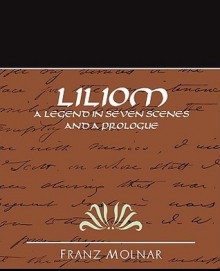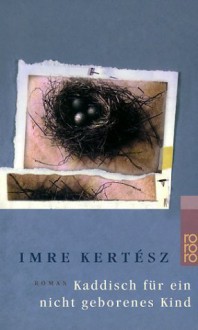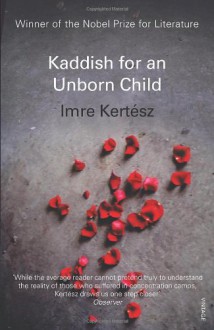
On Austrian stages including the famous Burgtheater in Vienna, Liliom by celebrated Hungarian playwright Molnár Ferenc (1878-1952; better known here as Franz Molnár) keeps being one of the most regularly performed plays from the early years of the twentieth century. First put on the stage of the Vígszínház in Budapest, Austria-Hungary (today: Hungary), in December 1909, it left the audience puzzled… and failed. Three years later its German translation by the dramatist’s writer friend Alfred Polgar (1873-1955) paved the way for the lasting and global success that it achieved in the years following the Great War of 1914-18. Already in the 1930s the play was adapted for the screen by Fritz Lang and in the mid-1940s Richard Rogers and Oskar Hammerstein made its English translation from 1921 into the successful musical Carousel, the best of the twentieth century according to TIME magazine.
The story of Liliom is simple. The protagonist from the title is a charming rogue working as a barker for the owner of a merry-go-round in an amusement park on the outskirts of Budapest. As the author makes clear in the first scene, he is a handsome young man who loves to flirt with the servant girls spending their leisure time and their money there. One of them is Julie who is determined not to let herself be bound in the chains of marriage, but she takes fun in flirting with Liliom. His boss, Mrs. Muskat, disapproves of Liliom’s behaviour towards the servant girls and Julie in particular. It doesn’t become quite clear if this is only because his taking liberties with the female clients can get her into trouble with the authorities for being immoral or also because she too has a secret crush on Liliom. Since Liliom is stubborn and refuses to send away Julie, Mrs. Muskat dismisses him from his job. He doesn’t care. He’s a happy-go-lucky and leaves with Julie who knows that she will lose her job too for not returning home in time. In the following scene Liliom and Julie are a married couple living in a shabby hut in the backyard of Julie’s relatives running a photographic studio close to the amusement park. Liliom still is without job and, what is worse, he drinks, he gambles with petty criminals and he beats Julie who turns out to be pregnant. What follows is predictable: one of his criminal friends convinces him to join him in an armed robbery and Julie can do nothing to prevent it. The robbery fails and Liliom is killed, but this is not the end. Liliom is taken to a court room in Heaven and years later back to Earth to meet his daughter…
Adding to the otherwise entirely realistic plot two post-mortem scenes in a Heaven as the protagonist expected it all along, seems to have been quite daring when Liliom was first put on stage. On the other hand, I feel that in a way Franz Molnár just continued and adapted for his purposes a technique used by Austrian authors like Ferdinand Raimund and Johann Nepomuk Nestroy in nineteenth-century popular farce. Also in other respects it’s a puzzling and thought-provoking play. It leaves much room for interpretation from very different angles. In other words, it’s just what I like – and it has lost none of its lively topicality.
Liliom a Legend in Seven Scenes and a Prologue - Ferenc Molnár
* * * * *
 This review is a contribution to the
This review is a contribution to the
Back to the Classics Challenge 2015,
namely to the category Classic Play.
»»» see my post for this challenge on Edith's Miscellany with the complete reading list.

 Log in with Facebook
Log in with Facebook 









